Nuclear fusion was ‘always thirty years away’ – until it wasn’t. This week we learned that researchers at the US National Ignition Facility have achieved ‘ignition’. Nature has a useful primer on the science, but to cut a long story short, the facility reaction released roughly 54% more than the energy that went into the reaction. You don’t need to be Ernest Rutherford to understand this is significant – world-changing, in fact.
When, not if, the technology is commercialised, it will make reversing climate change and humans’ wider negative impact on the planet a cinch, as our Head of Research explained a few years ago.
But that’s just the start. As Eamonn also explains, grand projects like terraforming Mars and interstellar exploration will become economical – possibilities will open up that are so incredible they could even tempt Elon Musk away from Twitter. Perhaps the most incredible thing will be the way nearly free energy would ripple throughout the economy, reducing the cost of just about everything. Entrepreneurship and innovation would reach new heights, as the cost of energy, a major blocker between imagination and action, is destroyed.
I’m getting ahead of myself though, and it's worth pointing out that others, including The Economist, are less bullish than I am. After all, first, it needs to be commercialised.
Given its potential to make us all wealthier, healthier and happier (if ending absolute poverty doesn’t make you happy I don’t know what will), I jumped at the chance to visit First Light Fusion, the Oxford-based fusion pioneer, to see a 'shot' in action earlier this year.
I was there to meet Nick Hawker, its founder and an Adviser to The Entrepreneurs Network. The good news for Nick is that First Light uses the same physics that has now been proven by the National Ignition Facility. They take a different approach though – using a projectile instead of a laser.
As Nick says, while this “proves that the core process works, First Light has a different wrapper around that process that we believe has a much more rapid path to electricity generation.” Nick believes his method can be commercialised more quickly.
Whether laser or propulsion is the first to crack the commercialisation of inertial fusion, this is a case study in the importance of funding fundamental science over a long time scale (there were complaints the US National Ignition Facility was a waste of money), thinking seriously about how we can better at spinning out more technologies from universities, and why we should be unapologetically optimistic about the potential for progress.
Cut it Out
In not entirely unrelated news, as reported in the Financial Times (paywall), more than a dozen leading UK start-ups have appealed to the Prime Minister to rethink proposed cuts to research and development (R&D) tax credits.
“We’ve seen really strong rhetoric from the government being pro-innovation, pushing the UK to be one of the best environments if you want to come and start a company,” said Alex Kendall, co-founder of Wayve, who coordinated the letter with tech investors Form Ventures. Kendall’s rebate will drop from 33% to 19%, while Ochre Bio is projected to lose half its projected £3m rebate in 2023 and 2024.
Both these companies are producing exactly the sort of innovative research that R&D Tax Credits were made for: Wayve is a London-based startup creating autonomous driving technology based on computer vision and machine learning, while Ochre Bio is developing therapies that regenerate poor quality donor livers, so more people have access to better quality organs.
Entrepreneurs should get in touch with me to share your experiences of the scheme. This won’t be the last you read about this here.
Help Yourself
Less than one thousand Help to Grow: Digital vouchers have been redeemed by SMEs. That’s why the Government is scrapping it in two months. “The scheme has supported businesses to grow, but with take-up lower than expected, the government cannot justify the continued cost of the scheme to the taxpayer.”
The Help to Grow: Digital programme was designed to give 100,000 SMEs free and impartial advice on how technology can help their business and vouchers worth up to £5,000 to cover up to 50% of the costs of buying pre-approved software.
This comes on the back of a campaign we backed pointing out the failing of the scheme, and our recent report for the All-Party Parliamentary Group for Entrepreneurship (APPG) that was critical of the scheme and the failure of the officials to release data on the number of business owners who have taken up the scheme. We now know why they were so reticent to let us know.
While it would be easy to say we were right, as with any experimentation, we need to accept that government schemes will also fail, and we should actually commend the government, both for starting and scrapping it and looking to deploy the money in a more effective way. However, for policy experimentation to work, we need to learn from mistakes, so BEIS should investigate why it failed so that future governments can do better next time (or not do it at all).

